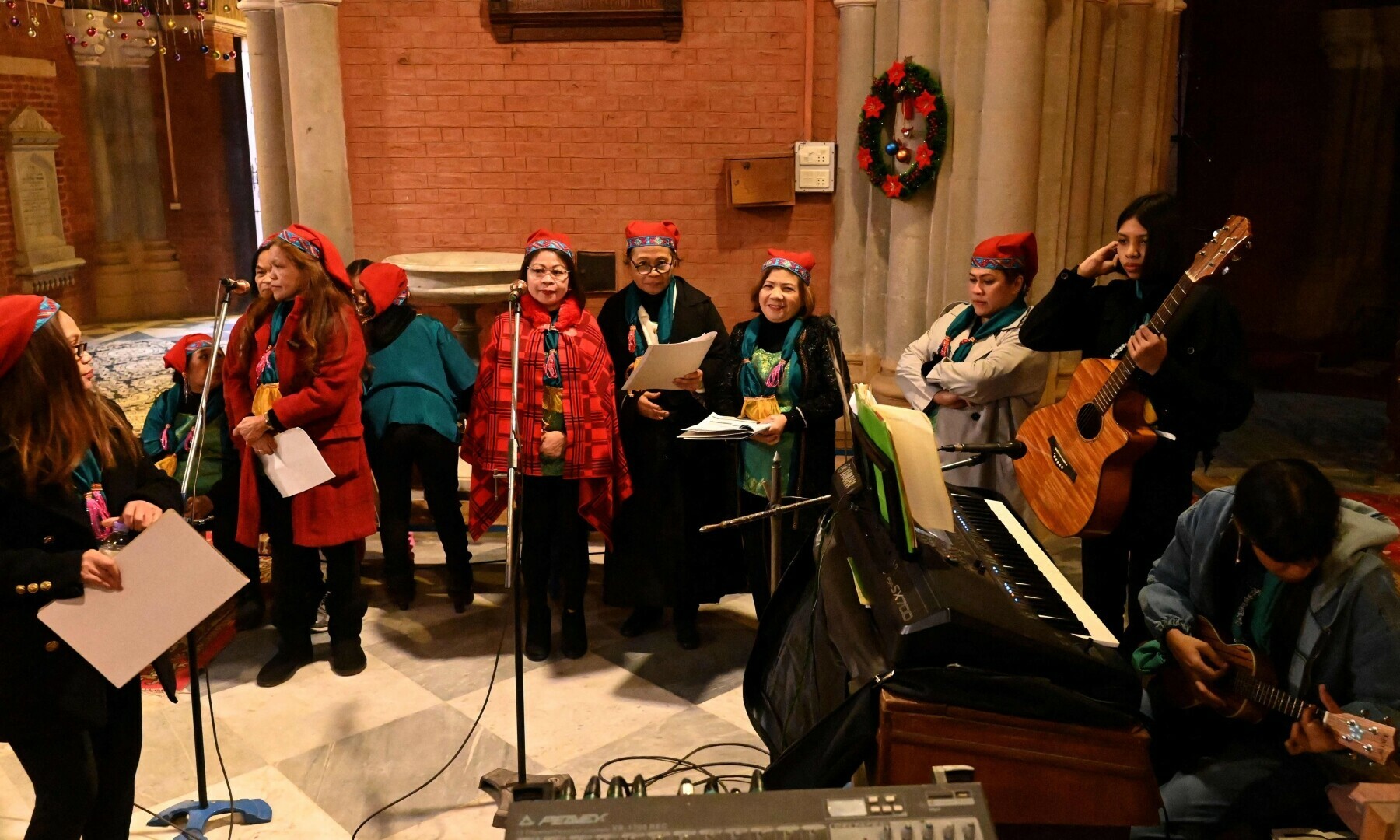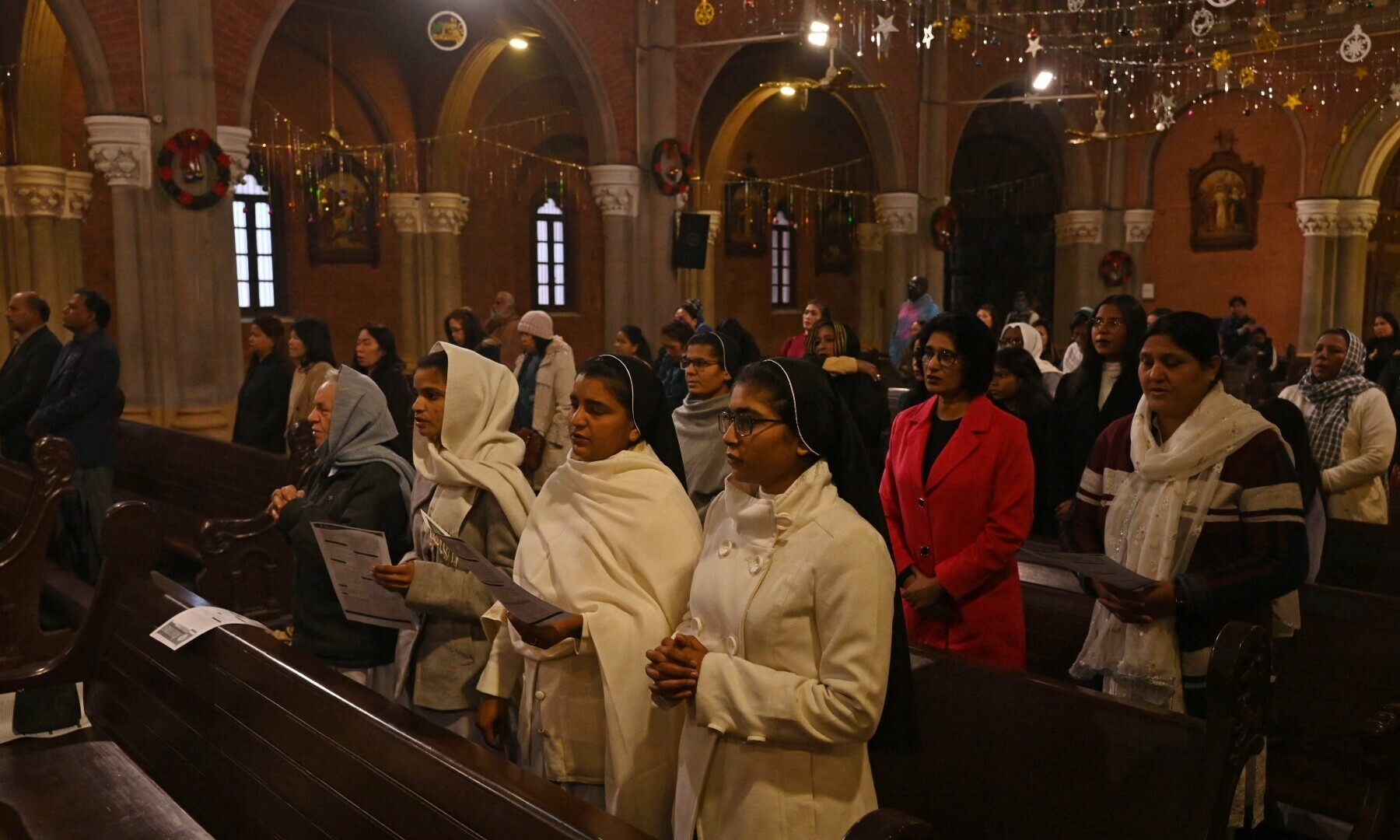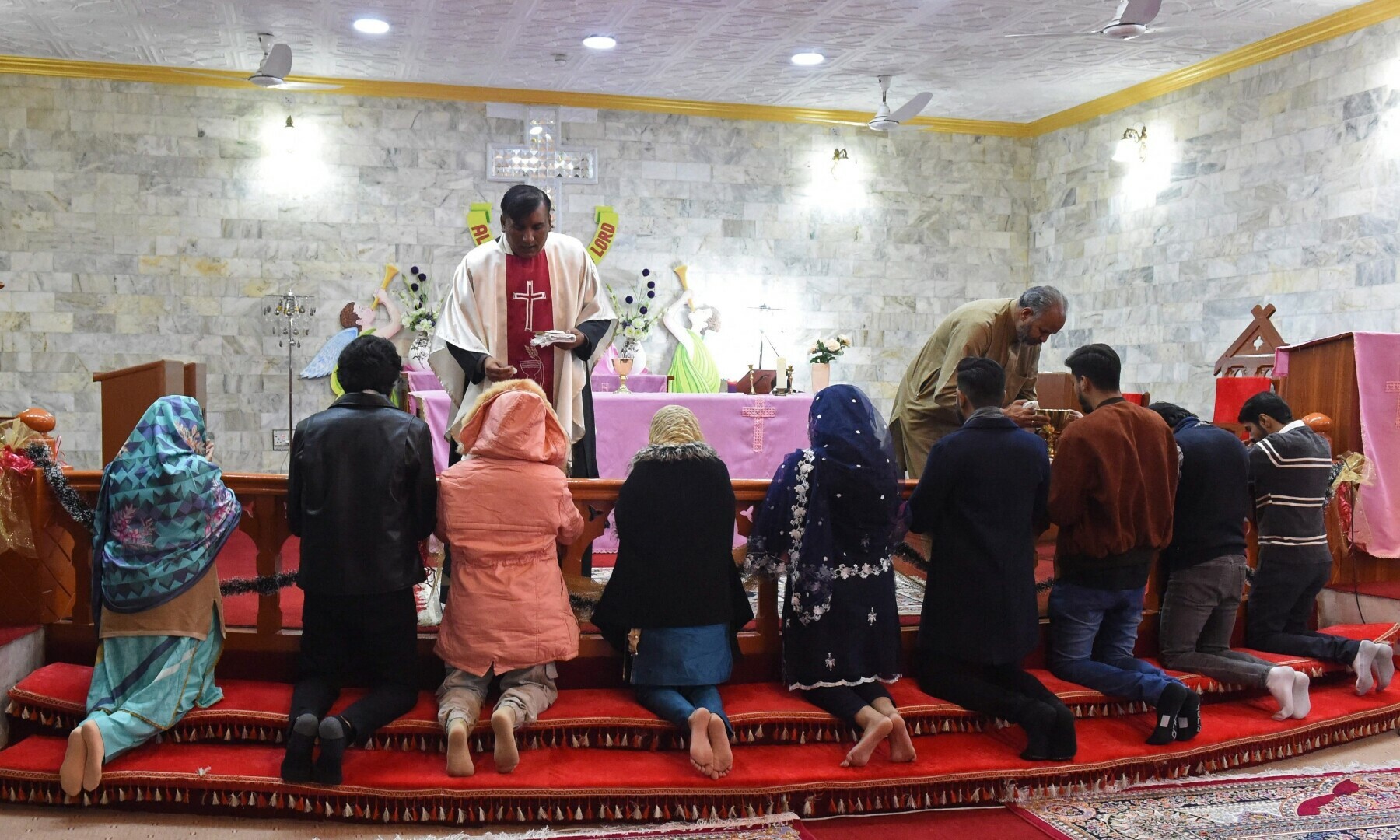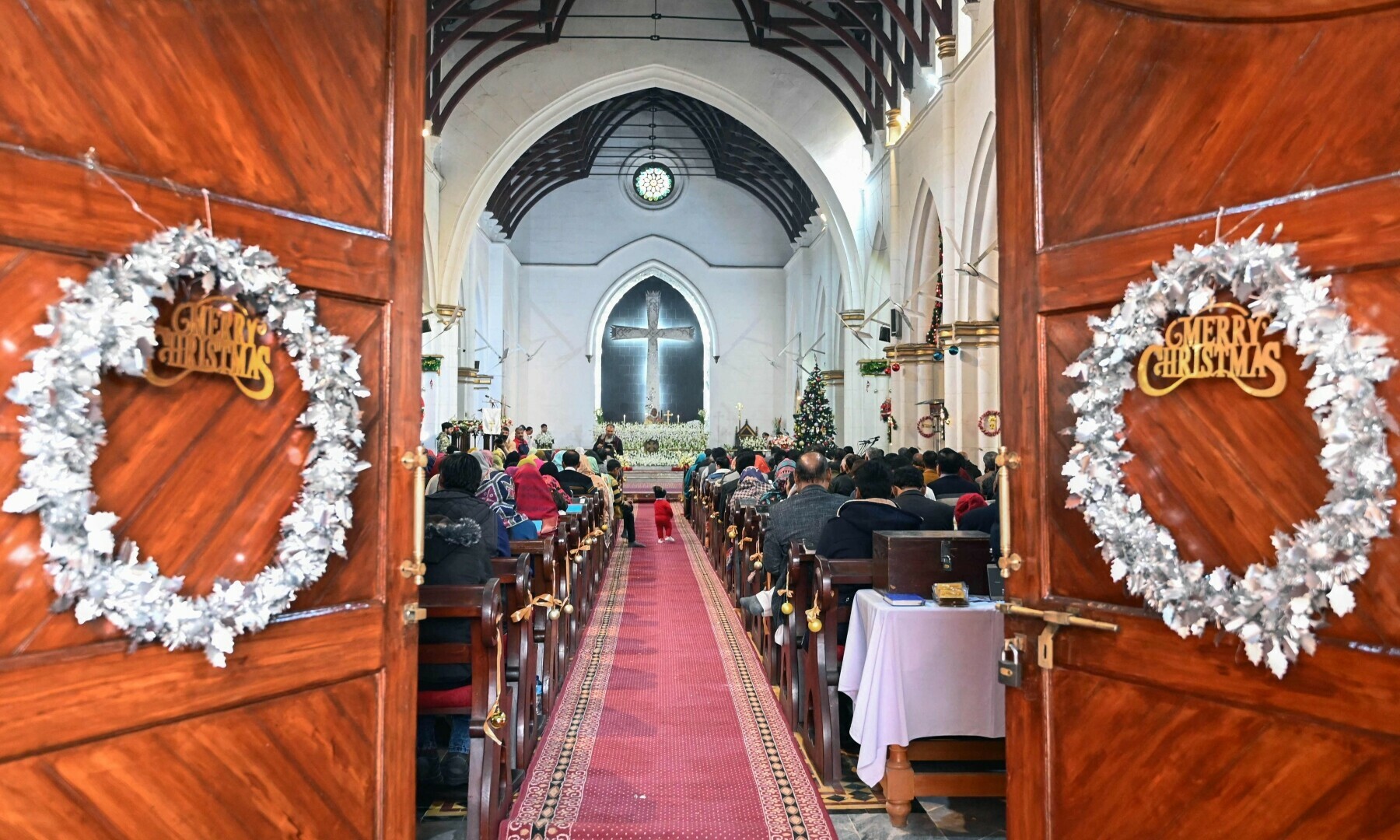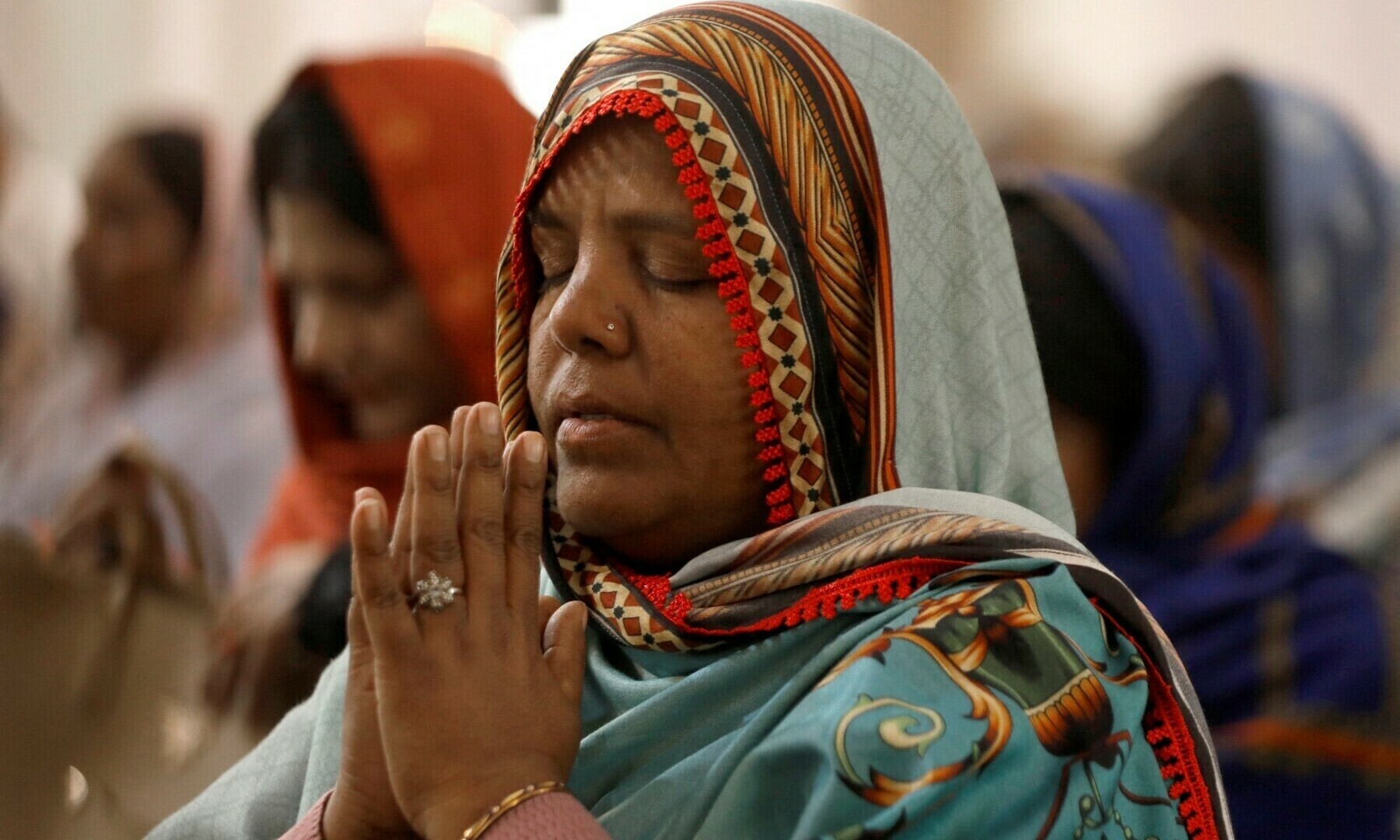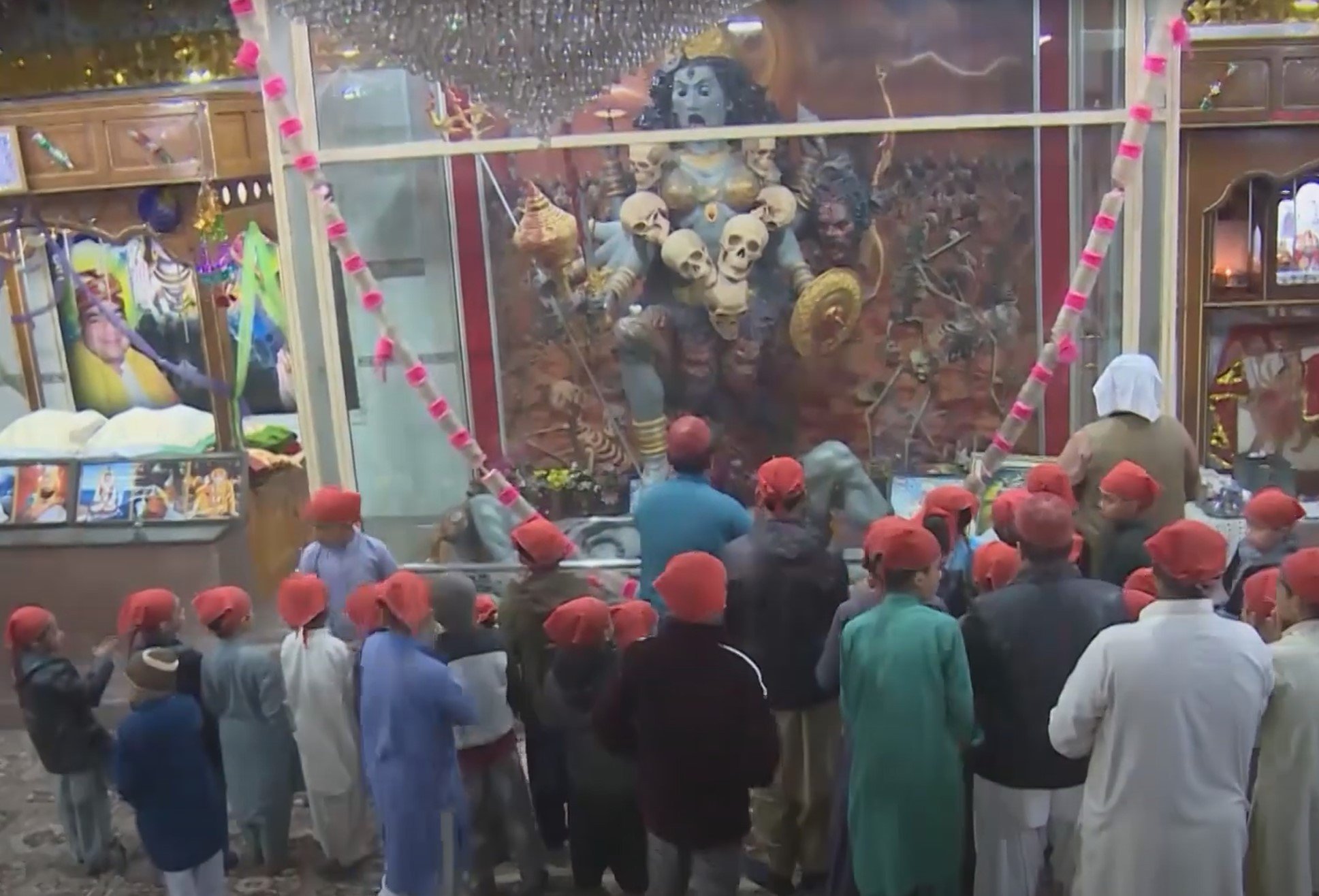The timeless treasures of Thar
Often seen a just a place in need, the region’s true wealth lies in its culture, traditions and wisdom
Zain Haq
March 16, 2025
To a Karachiite, Tharparkar likely conjures images of suffering farmers or malnourished children. While these hardships are real and often underreported, in many ways, it is urban centres like Karachi that are impoverished – not in monetary wealth, but in culture, tradition and gratitude. Thar, in contrast, seems blessed with infinite riches.
Over the past decade, mainstream news has largely focused on the extreme drought that gripped Thar around 2014 and lasted nearly six years. Yet, beyond its struggles, there is much to learn from the region, its people, and their way of life in order to better what is truly at stake. Rather than being viewed solely as a charity case, Tharparkar deserves a central place in discussions on climate change and cultural preservation in the region.
A desert brimming with life
A desert region, locals term describe Thar as an
‘abad registan’ (inhabited desert) in Urdu, rather than a truly barren one. It is dotted with trees and bushes as far as the eye can see, and peacocks roaming in their natural habitat. Once a fertile land, it is believed that the now extinct Saraswati or Ghaggar-Hakra River flowed nearby.
A model of interfaith harmony
In Tharparkar, it feels a humble shepherd pays little mind to who the prime minister of Pakistan is. Here, politics and religion take a backseat to culture, which shapes public life. At its best, Thar and its people offer a model of interfaith harmony.
“There is no such thing as caste or creed here,” says Mukhi Lachmandas, a caretaker at the Sant Nenuram Ashram, home to the Shree Hinglaj Mata Mandir in Islamkot. He is seen chopping vegetables for a communal meal being prepared.
The temple feeds countless people everyday regardless of their religion and caste, using support it receives from the entire community. Its atmosphere is calm, with devotional music playing constantly in the background, punctuated by the occasional ringing of bells by devotees.
Bhagro Mal Nachez, a Hindu born in Tharparkar who has spent much of his life in Islamkot, is a frequent presence at the temple. Having come here to escape poverty, he now sings the verses of the giants of poetry in the Indian subcontinent’s Sufi tradition — the likes of Kabir, Bulleh Shah, Bhitai, Ustad Bukhari, and Bhagat Pallaj, to name a few. “They preach the message of humanism,” he says of these poets.
Hindu-Muslim Sufism was once the dominant spiritual tradition of the Indian subcontinent, but over time, it has faded into the margins. In places like Tharparkar, however, remnants of this past still endure. Could this decline, in part, have caused the rise in intolerance and, consequently, cultural erasure? It could be the other way around – cultural erasure leads to further intolerance, and more intolerance in turn accelerates cultural erasure, creating a vicious cycle.
Sounds and colours
Maryam Naz is a folk singer and
dholak player from Thar. The bright colours of her
ghagra-kanjra — the traditional attire of Thari women, influenced by Gujarati, Punjabi, and Sindhi styles — are a large part what makes Tharparkar colourful and lively.
Though she is one of many talented folk musicians in the region, she remains largely unrecognised outside of it, receiving little attention or support. With the right investment, Thari music could find a significant regional audience. Yet, like many artists here, Maryam’s voice remains unheard despite its beauty, and her art goes undervalued.
Lack of investment isn’t the only challenge Thar’s art and music face. “Our youth does not pay attention to continuing our culture,” laments Bhagro, his words indicate the fleeting sense of responsibility among younger generations when it comes to preserving heritage. “But still, our old culture persists.”
The Jain legacy of Thar
Tharparkar is home to many ancient Jain temples. One of the oldest known religions in the Indian subcontinent, it is now extinct in Pakistan, but continues to thrive in neighbouring India, particularly in Rajasthan and Gujarat.
At the core of Jain philosophy is the principle of ‘
ahimsa’ or non-violence, which serves as the moral foundation for devout followers of the faith. Strict Jains abstain from eating even certain vegetables like onions or garlic, which are harvested by uprooting the plant. Since they believe this act causes harm to living beings — something they strive to avoid at all costs — they deem such foods impermissible.
Some of this may sound extreme, but even so, how much harm, as opposed to the good, could such a belief possibly do? Could it be that extinguishing such beliefs in our society has contributed to the exploitative subjugation of nature?
Biodiversity at risk
Hinglaj Mata is believed to be a version of the goddess Sati. The name ‘Sati’ means truthful and etymologists traces the Urdu word for truth ‘
sach’ back to the Sanskrit ‘
sat’. Devotees of Sati revere her as the goddess of fertility and longevity. As it stands, both qualities are exactly what Tharparkar and Sindh need now more than ever.
Haji Muhammad Kumbher, a wildlife photographer and resident of Mithi, sees the climate crisis, cultural loss and wildlife decline as deeply interconnected. “In August, Thar is green,” he says – the season offers a glimpse into the region’s once fertile ancient past. “The bird that Shah Latif sang about, the Taro, is believed by locals to signal imminent rain with its chirp.”
Having spent years photographing Thar’s wildlife, Kumbher is acutely aware of species vanishing from the landscape. “Near Rann of Kutch, there are still many plants.
Khipp (Leptadenia pyrotechnica) is one example — you won’t find it here anymore, but if you go towards the Rann of Kutch (at the border with Gujarat), you’ll still see it there.”
“The tractor doesn’t spare anything,” Haji Muhammad complains, referring to the disappearance of
khipp. Once abundant in Thar, the plant is known among locals for its role in stabilising the soil. The herb is a natural carbon sequester as well.
“A person using a camel [for agriculture] is mindful of which plants should not be harmed,” he says. But the tractor, in its so-called efficiency, spares nothing — not even the herbs that have evolved as vital parts of the ecosystem. This raises a deeper question: how do we, as a society, define true efficiency?
“People used
khipp a lot back when the when Sindhu composed the Vedas,” Haji Muhammad shares, delving into ancient history. Speaking of recent times, he adds, “The milk used to bathe idols during the Shiv Mela is sometimes infused with
khipp.”
The Shiv Mela is an annual festival held in Mithi, drawing people from across the region, regardless of faith or creed.
Investing in resilience
Tharparkar can grow everything its people need to survive. The only challenge, as local food industry businessman Pyaro Shivani explains, is that the region can go years without rain.
“Food is mostly grown during the rainy season,” he tells us at his home in Mithi. The regional diet, he shares, revolves around locally grown
mung daal, sesame, and
bajra (pearl millet), along with honey and butter, among other staples. “We eat them from July to November, and after that, we preserve them and store them in our homes,” he says.
Pyaro emphasises that despite the recurring droughts in Tharparkar, investing in and promoting locally grown food could help mitigate the worst effects. “Agriculture in Tharparkar is largely organic. If efforts were made to develop it, it wouldn’t matter if it didn’t rain for 10 years,” he claims. According to him, the income generated from this commerce could sustain locals through prolonged droughts.
Standing at the crossroads
Thar is a place few from Karachi will ever visit. Yet, standing at a crossroads in time and space, it symbolises not just the gradual extinction of species, but also of culture and compels us to question the connection between ecological and cultural loss.
It is easy to overlook the most ordinary yet heartwarming aspect of local customs — the emphasis on hospitality. The welcoming nature of the residents serves as a reminder of the importance of gratitude.
Moreover, one gets the sense that those deeply connected to their history and traditions, whether through poetry and song or inherited wisdom, understand the importance of intergenerational knowledge in helping them endure through thick and thin.
In big cities like Karachi, one encounters countless people who have been given everything, yet often fall prey to greed and cynicism. In contrast, in places like Thar, where resources are scarce, people seem to possess an endless reserve of generosity, gratitude, and openness.
This shared cultural wealth belongs to all who live on these lands and beyond. For some, it lies buried deep, waiting to be unearthed; for others, it remains close to the surface. The only question is: are we curious enough to seek it?
Zain Haq is a freelance contributor








